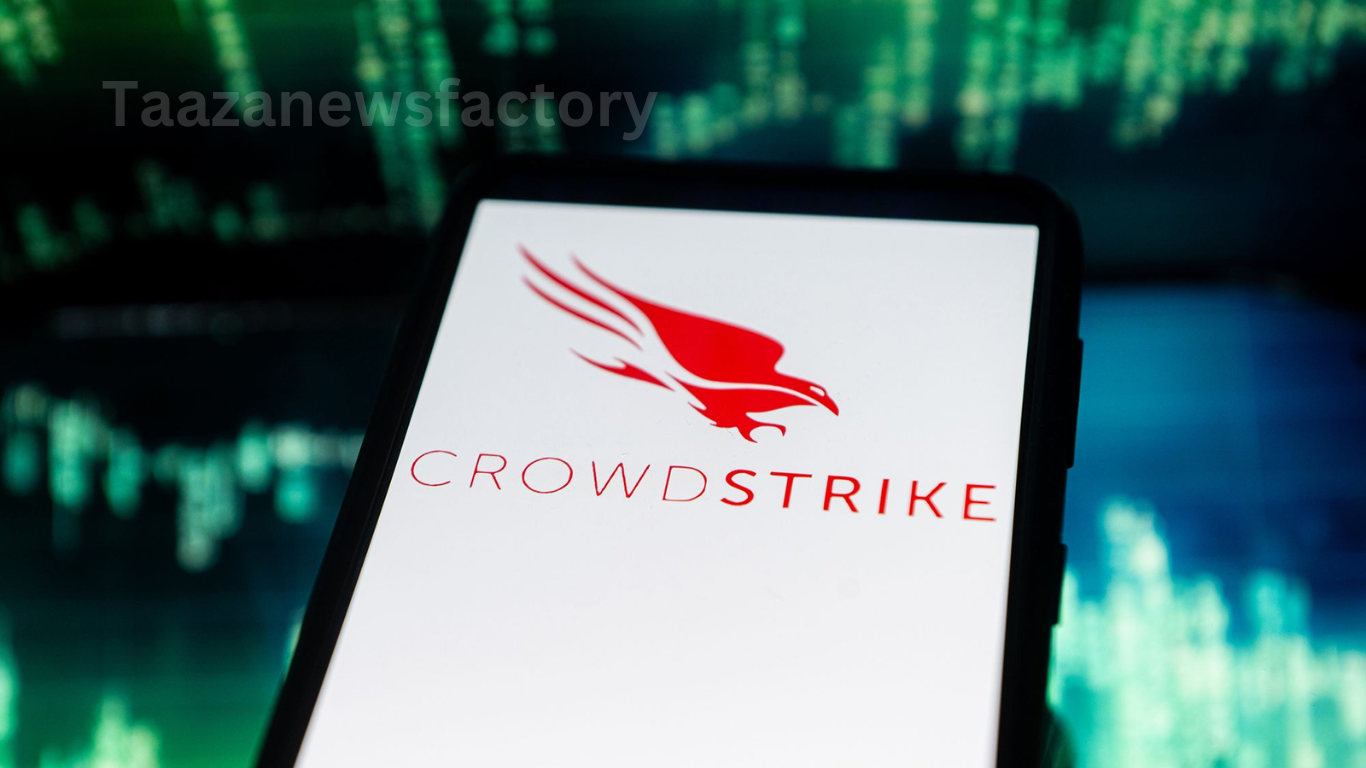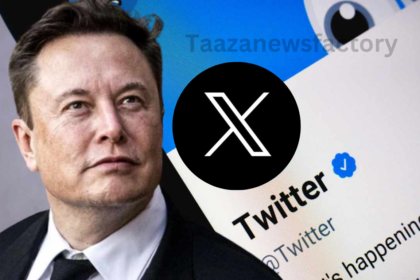CrowdStrike (CRWD) just dropped its latest earnings report, and while the numbers were strong, the outlook for fiscal 2026 has left investors with mixed feelings. The cybersecurity giant delivered solid growth in Q4, but concerns over contract renewals and pricing strategies have raised questions about its long-term trajectory.
Strong Q4 Performance, Beating Estimates
CrowdStrike’s latest earnings report for the quarter ending in January showed an 8% increase in earnings per share (EPS), reaching $1.03 per share on an adjusted basis. Revenue surged 25% year-over-year, hitting $1.06 billion—both figures surpassing analysts’ expectations.
Wall Street had predicted earnings of 86 cents per share on revenue of $1.035 billion, making this a strong quarter for the company. Despite this, CrowdStrike stock took a hit after the report, dropping 7.5% in early trading.
Annual Recurring Revenue (ARR): A Key Indicator
One of the most important metrics in the cybersecurity industry is Annual Recurring Revenue (ARR), as it reflects the company’s ability to maintain and grow its subscription business.
In Q4, CrowdStrike’s total ARR increased 23% to $4.24 billion, slightly beating analysts’ expectations of $4.21 billion. However, the company’s net new ARR fell 20% to $224.3 million, raising concerns about future growth.
According to UBS analyst Roger Boyd, while Q4 results were solid, there was “little clarity” on how fast CrowdStrike’s growth will accelerate in the second half of fiscal 2026.
Fiscal 2026 Outlook Raises Questions
Looking ahead, CrowdStrike projects revenue between $4.744 billion and $4.805 billion, which is slightly above analysts’ expectations of $4.768 billion.
However, the real concern is CrowdStrike’s adjusted EPS guidance, which came in at $3.39 per share at the midpoint—far below Wall Street’s expectation of $4.40 per share. The lower EPS outlook is largely due to increased spending on marketing, artificial intelligence (AI) infrastructure, and a higher tax rate.
What’s Behind the Earnings Shortfall?
CrowdStrike’s management stated that higher investments in AI and marketing are part of its long-term strategy to maintain dominance in the cybersecurity space.
The company also increased its assumed tax rate from about 5% to 22.5%, which significantly impacts net profits. This move is similar to what other software companies like Zscaler (ZS) have done recently.
Also Read: Alabama Power Leads the Charge with State’s First 150MW Battery Energy Storage System
CrowdStrike’s Growth Strategy & Market Position
Despite the earnings dip, CrowdStrike remains a key player in the cybersecurity industry. The company is making major moves, including:
- Expanding its presence in Amazon Web Services (AWS), surpassing $1 billion in sales through the cloud giant.
- Doubling down on endpoint security with competition from Palo Alto Networks (PANW), Microsoft (MSFT), and SentinelOne (S).
- Building out its XDR (Extended Detection and Response) platform, which monitors endpoints, web gateways, firewalls, and cloud workloads.
Will Customers Pay for Previously Free Features?
Another big question is whether CrowdStrike customers will continue paying for premium services that were previously offered for free after last year’s global IT outage. Some analysts worry that customers may demand discounts when renewing contracts, impacting revenue growth.
Jefferies analyst Joseph Gallo pointed out that there’s still uncertainty over whether customers will pay for free modules once their contracts are up. However, he remains optimistic about CrowdStrike’s market position, believing ARR growth will pick up in the second half of fiscal 2026.
Competition in Cybersecurity is Heating Up
CrowdStrike is up against major competitors in the cybersecurity space, including:
- Palo Alto Networks (PANW)
- Microsoft (MSFT)
- SentinelOne (S)
With the industry evolving fast, CrowdStrike’s ability to differentiate itself through AI-driven security solutions will be key in maintaining its leadership position.
What’s Next for CrowdStrike?
While Q4 earnings were strong, CrowdStrike’s lower EPS guidance and ARR slowdown have left investors on edge. The company’s long-term investments in AI, marketing, and cloud expansion could pay off, but it may take time before investors see the benefits.
For now, Wall Street will be watching closely to see if net new ARR growth accelerates in the second half of fiscal 2026, as CrowdStrike has predicted.
Final Thoughts
- CrowdStrike crushed Q4 estimates, with strong revenue and EPS growth.
- Annual Recurring Revenue (ARR) was solid, but net new ARR dropped 20%.
- Fiscal 2026 guidance was mixed, with lower-than-expected EPS projections.
- Investments in AI, marketing, and cloud security could drive long-term growth.
- Competition is fierce, but CrowdStrike still holds a strong position in the endpoint security market.
With cybersecurity threats increasing daily, CrowdStrike’s future depends on its ability to adapt, innovate, and retain customers. The next few quarters will be crucial in determining whether the company’s investments will pay off in the long run.
Stay updated with the latest semiconductor industry news! Follow us on Instagram, Telegram, or WhatsApp for real-time updates.






